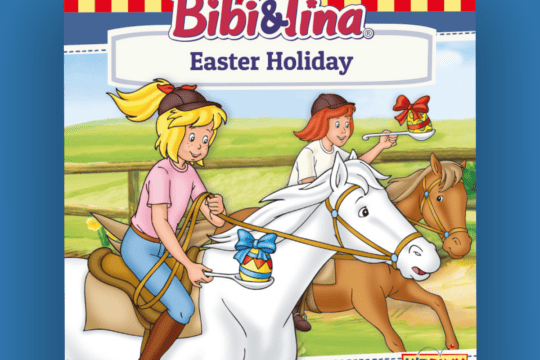
HomePony Know HowRiding TipsFlatworkScales of training
-
Pony Care Tips
Learn everything you need to know about caring for your fave pony. From feeding and grooming to mucking out – we have it all here!
-
Riding Tips
Improve your riding with our fab articles! Whether it's building your confidence, riding shapes, or jumping spreads that you need tips on, we have something for every rider.
Latest News
Scales of training
Posted in Flatwork
Learn all about the scales of training
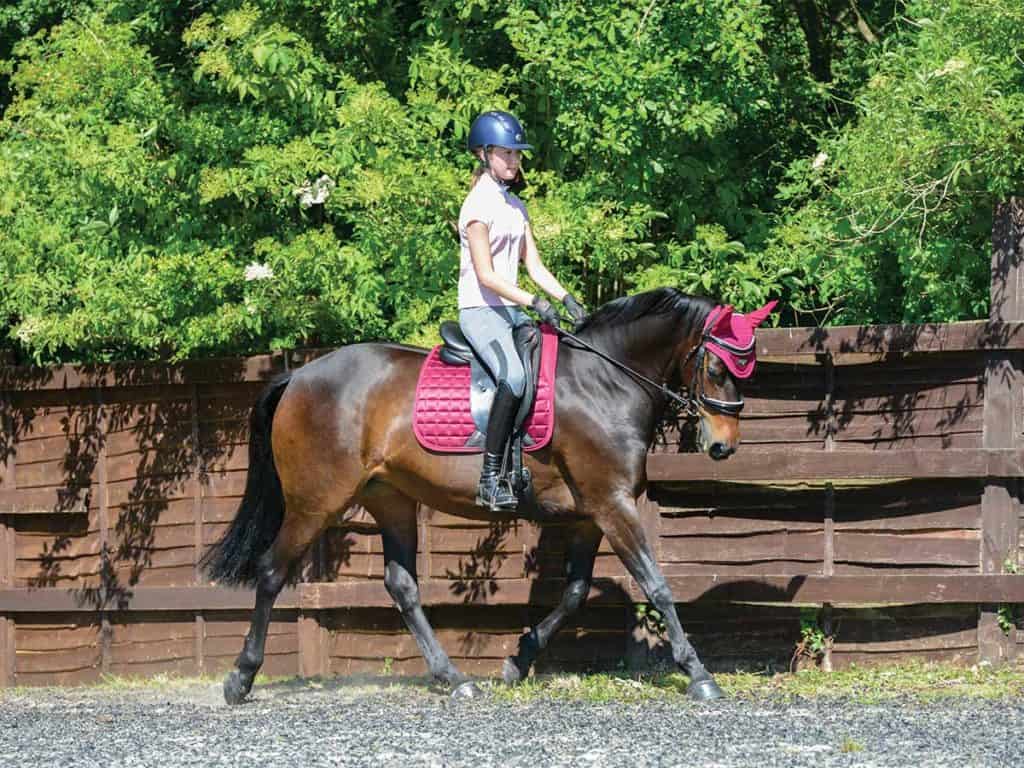
Ever heard of the scales of training? Well, they’re the important stepping stones that riders use when they’re schooling a pony for dressage, and judges use them to score a test, too. The idea is that you follow each scale in order, to set a fab foundation for your pony so you can score super-high marks. Plus, it’ll help his body become strong and supple.
The great pyramid
It can help to think of the scales of training in a pyramid shape, so you work from bottom to top! Rhythm comes first, because it should be the very foundation of everything you do with your pony. Then you move up through suppleness, contact, impulsion, straightness all the way to collection.
Knowing which order the scales come in is really useful, because you can work on exercises that’ll help improve each level. It’s a great way to keep track of your schooling progress, too.
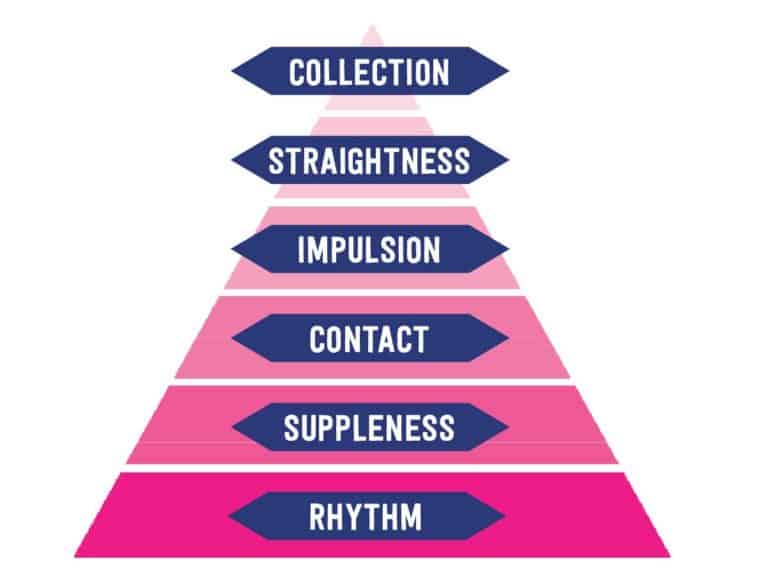
Did you know?
The scales of training aren’t just useful for dressage. Working through them will come in handy when you jump, too, as it’ll teach your pony to be responsive to your aids and help him stay balanced round a course.
Did you know?
The scales of training were invented by the German cavalry to school their military horses, and now they’re used all over the world.
Nail each scale
Find out what it takes to ace all six scales of training…
- Rhythm
Having a good rhythm means your pony can walk, trot and canter in a regular beat without getting faster or slower. He’ll need to have enough energy to keep moving forward, but not so much that he races off!
- Suppleness
Once you’ve got rhythm sussed, focus on getting your pony to feel more flexible by doing bending exercises, and allowing him to stretch his neck down and out. He’ll also need to stay relaxed through his whole body to be truly supple.
- Contact
While you’re getting your pony nice and elastic, he’ll soon start working in a natural outline, which is scale three. A contact will happen when he’s working through his whole body and you have a good connection from his mouth, through the reins to your hands.
- Impulsion
Now you can add some extra energy to the mix to really make your pony’s paces sparkle! Impulsion happens when he’s engaging his hindquarters to push himself along. It doesn’t mean he goes faster, it’s when he moves with more power and expression.
- Straightness
To be able to move super-straight, your pony will need to be really balanced. The earlier scales will help prepare him for this, but you’ll have to ride extra accurately, too.
- Collection
The final scale of training is something that can take years to achieve. To collect his paces and take shorter steps, your pony will need to be able to sit his weight back onto his hindquarters and become super-light on his forehand.


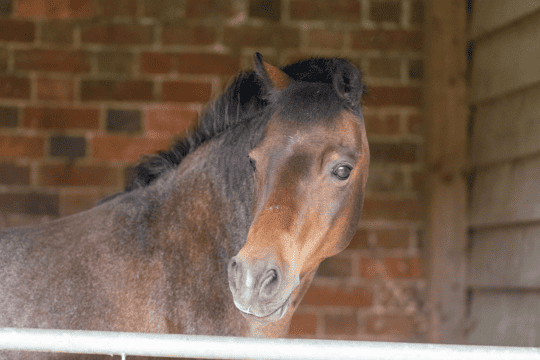
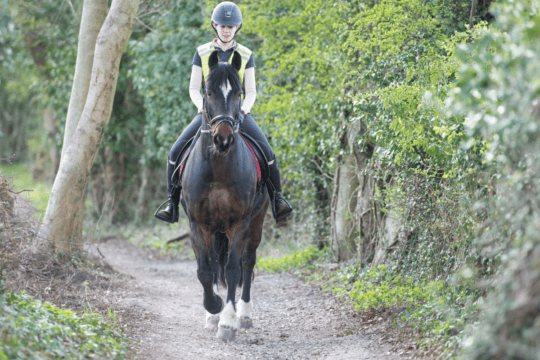
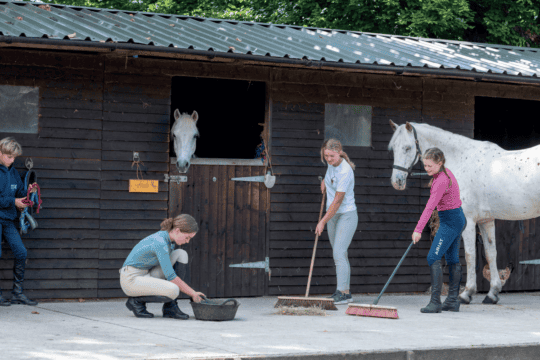
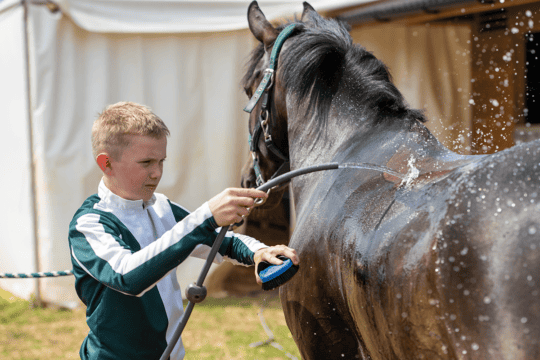




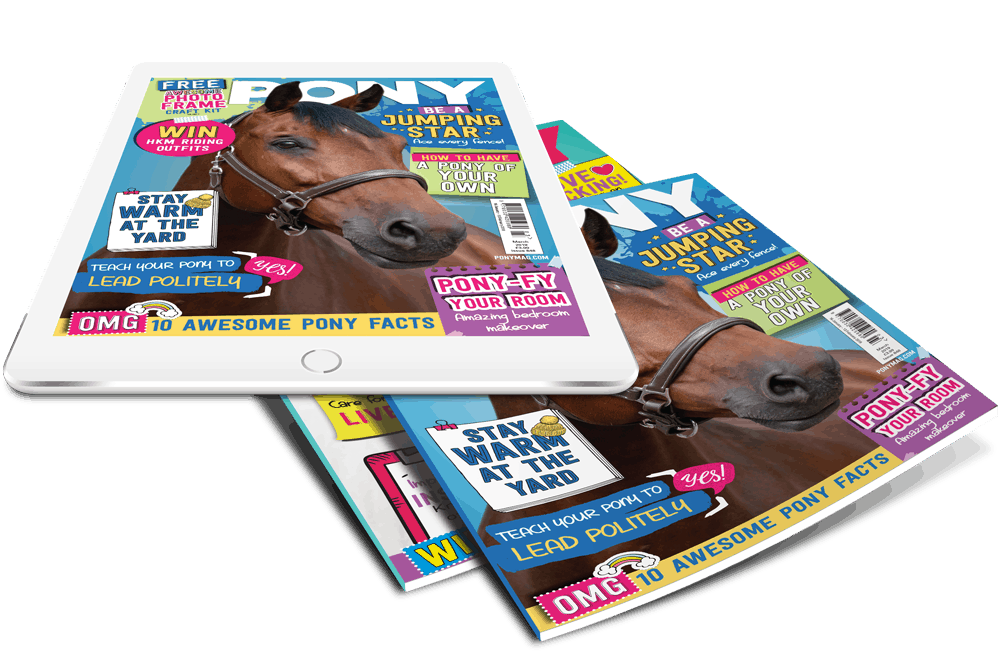



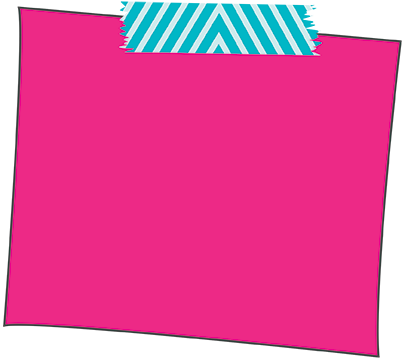


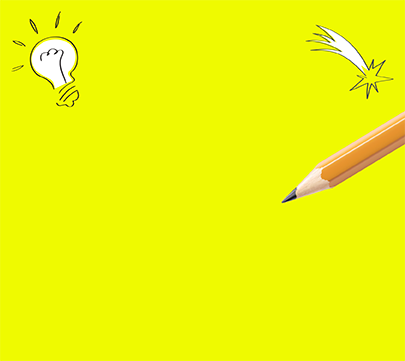




Leave a Reply
You must be logged in to post a comment.